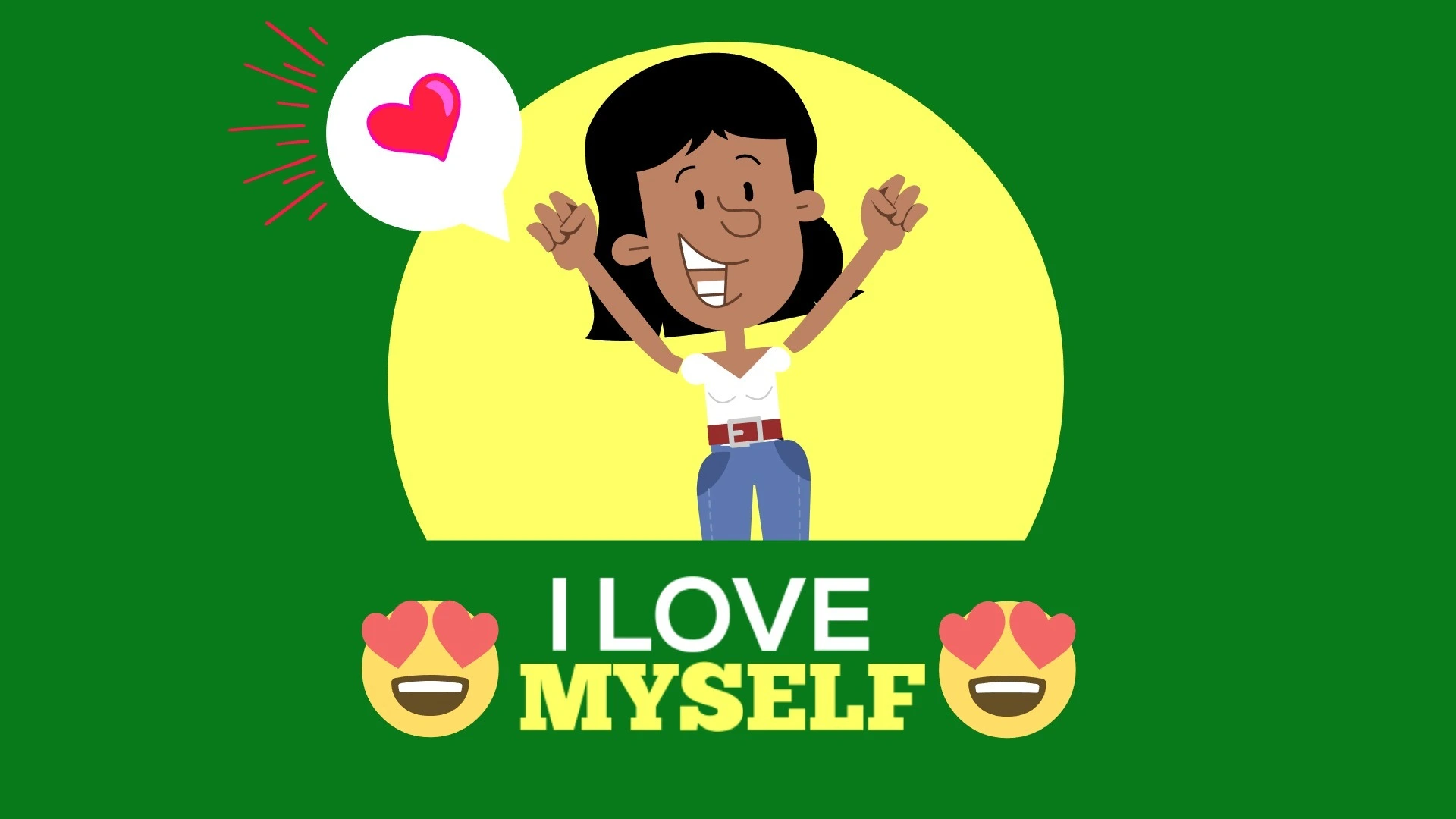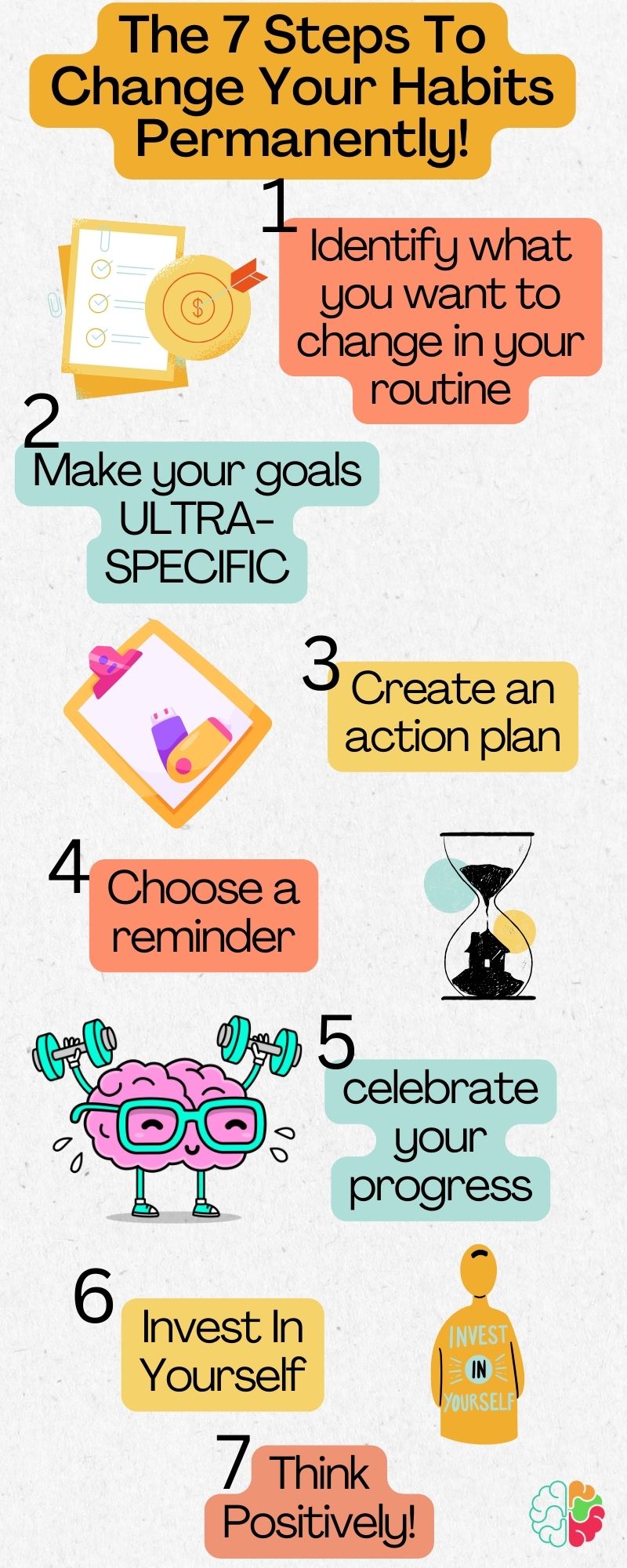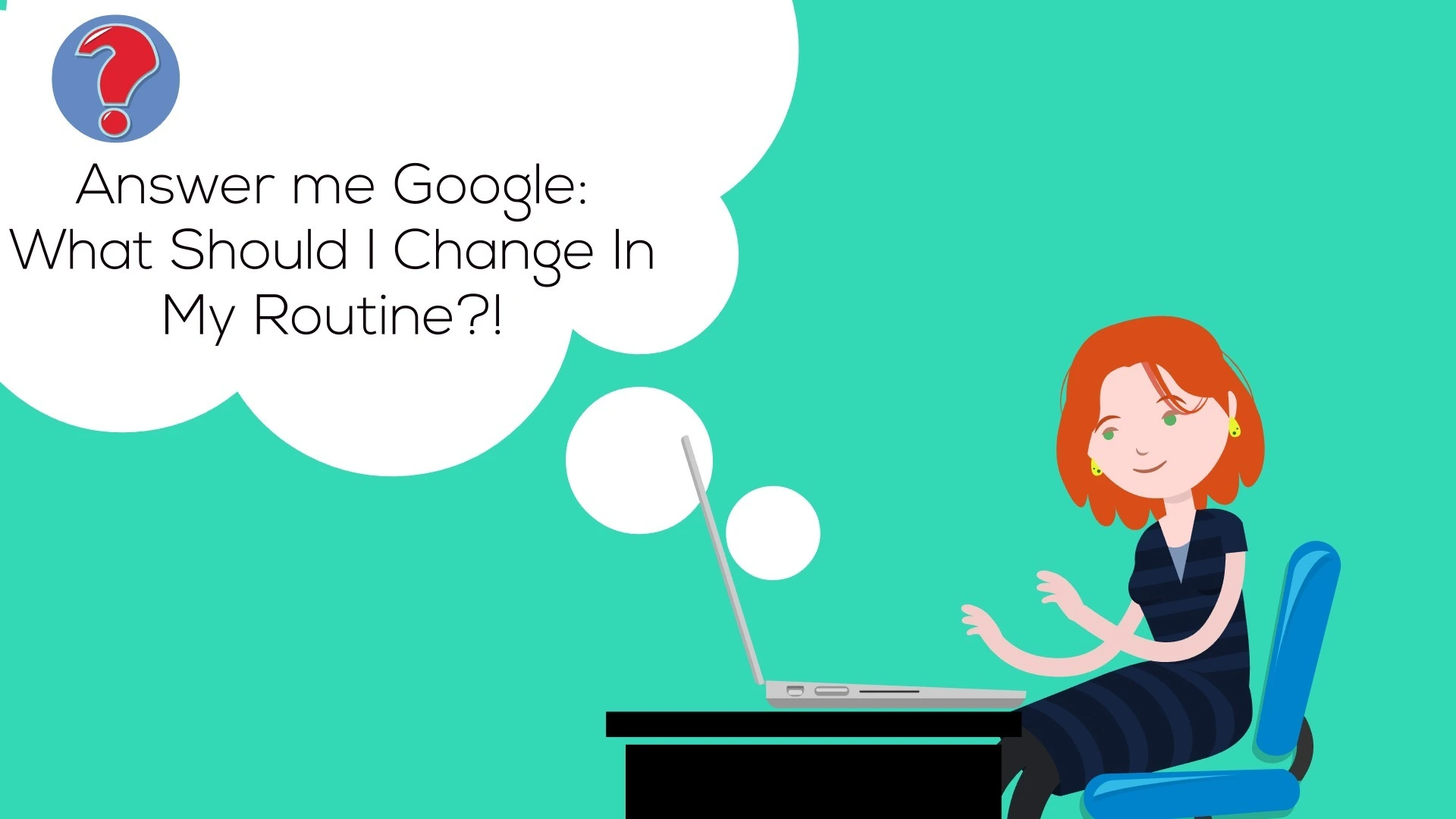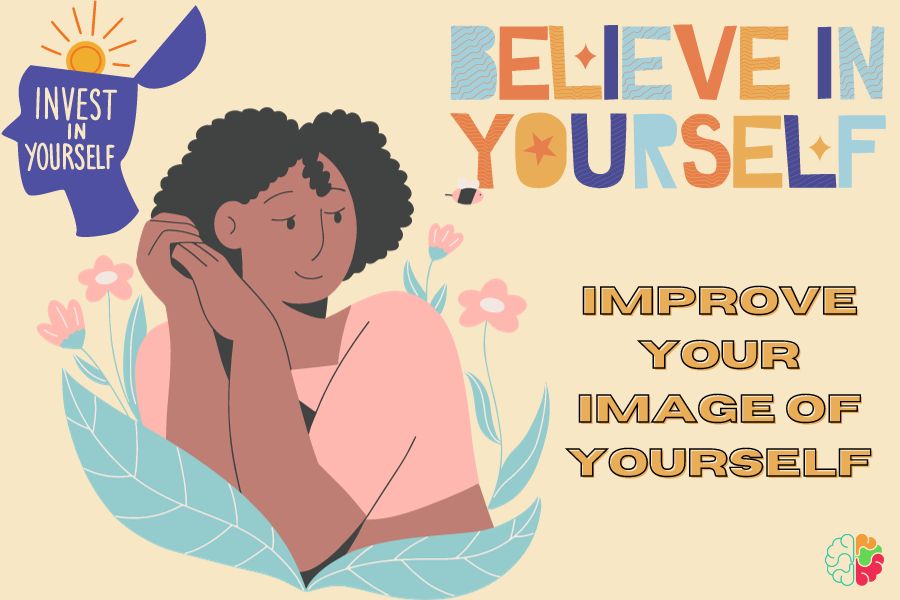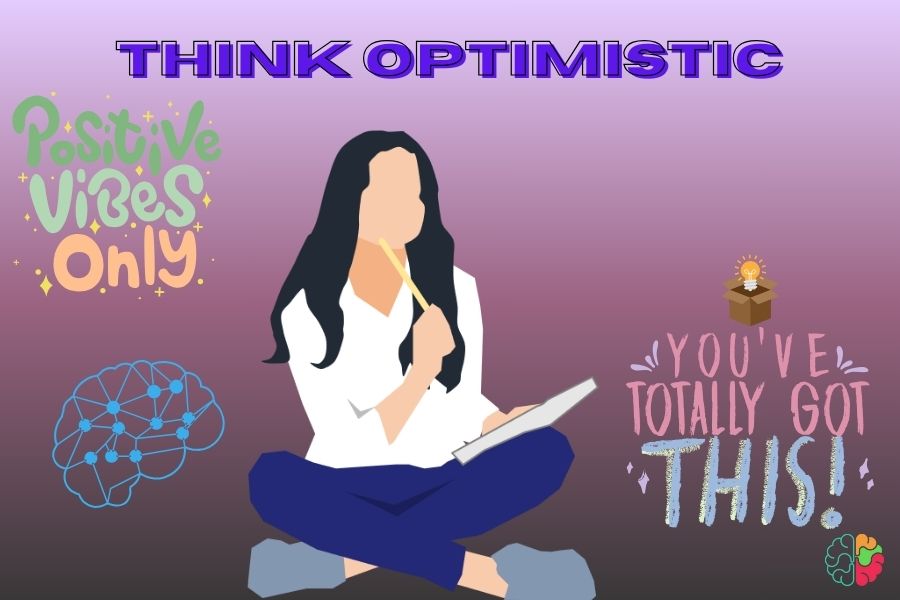Table of Contents
I have always thought that the way to achieve any goal is like climbing a mountain. To get to the top, the climbers don’t do it all at once; they have to stop. They make several stops, and they enjoy the road, crossing bridges, feeling the fresh air, and contemplating the beautiful landscape.
Those who dare to climb require several tools, but the most important tool is to make up our minds to take the first step and get to the top. And you, are you ready to take the first step and improve your life?
The path to reach the highest peak of the mountain is not easy, but reaching the goal is definitely possible. The same goes for the process of changing habits. Taking the first step is what you need to make a significant change in your life. You have to find steps to change habits permanently.
But first, you must start by changing your mind in these two stages:
1.- Improve your image of yourself
Believe it or not, the image that people have of themselves and the habits they have created are closely related to each other. So when changing the image, it is obvious that the habits will also do it.
Habits are like the clothes we wear to dress: we have them because they dress our personality and participate in our self-image.
When we consciously and deliberately decide to start incorporating new and better habits, our self-image abandons old habits and transforms the personality. That is why it is essential to incorporate new habits from a unique personal image.
Believe in yourself, improve the perception you have about yourself. Visualize the person you want to become, Driveaway the thoughts of failure, and declare that YOU CAN MAKE A BIG CHANGE.
This video from the Improvement Pill youtube channel can help you to love yourself more than any time:
2.- Think optimistic (but realistic)
Thoughts have a lot of power in the unconscious, which directs most of our actions. The secret is to change your perspective of the action to be taken.
When a positive event is about to occur in your life, such as taking a flight to your most anticipated vacation, the mind is so powerful that it can make you wake up before the alarm goes off on the day of that flight. Therefore, it is necessary to think optimistic ( again but realistic) for our minds to give us that motivational boost.
You might also enjoy: How Do Students With A Growth Mindset See Their Mistakes?
If you doubt about being optimism then this podcast from LSE Podcasts can help you to get your answer:
Now, if you are ready to start a significant change in your life, enjoy the journey. Here are the steps to change habits permanently:
You might also enjoy: 6 Reasons Why Success Is The Sum Of Small Efforts
The 7 steps to change habits permanently
Usually, when you start something new, you do not know where to start. You can generally do things you want to do and things you have to do. It is important to start there: in the things that you have to do.
These steps are a guide to what you have to do to change your habits.
Step 1: Identify what you want to change in your routine
Take a look at the world around you and change what you don’t like.
Recognizing what habits are hurting me to start changing. The best way to realize what habits you want to change is by writing them on paper (or digital), it is a way that you do not forget them and that you also visualize physically outside of your head.
Take a few days ( I recommend a week) to write those actions or attitudes that you consider you want to change. The purpose of the list is to do a global analysis.
Surely you have more than two things that you want to change, and then you have a long list. The problem with long lists is that they are NEVER DONE, they are like mazes of stress, and you don’t get anywhere with them.
You might also enjoy: 7 Reasons Why Your Mindset Is Everything: 2024 Update
So divide your list into several small lists. For example, take the list of 20 things to change and divide it into four lists of 7 things to change. Yes, it is true that you have the same volume, but starting with a small list motivates you because you will see much more progress.
If you already have that shortlist, change the sentences into purpose form (writing what you want to achieve) and present tense.
Why?
Because it is a strategy to take action in the present, the future is uncertain, but today we have total control to act. For example:
- ” I drink more soda than water” -> ” Today I drink enough water.”
- “I don’t do any exercise” -> “Today; I start exercising.”
- “I go to the office without breakfast” -> “Today I have a healthy breakfast before leaving”
Here is my small list as an example:
Separate or underline with a color the habits to change that has to do with hydration, nutrition, and exercise (in my list, I put them in bold to make it visible).
For now, I will be focusing only on eating habits and the beginning of the exercise. But remember that the method of replacing an unhealthy habit with a good one is the same for any type of habit.
The list you just made includes all those habits that you want to change, so now they are goals.
Step 2: Make your goals ULTRA-SPECIFIC
The more the obstacles are divided, the easier to overcome
Up to this point, we have a shortlist of purposes (goals). Now, take just one goal from your list that you want to start with.
Try to see that goal as a path in which to get there, you need short achievable goals; that is, turn each step into a goal.
Why set many goals instead of one big one?
Because it is much easier to achieve a small goal than a big one, in fact, a well-planned goal is the halfway point.
How can I split the goal?
Very easy, make your goal ultra-specific.
When the goals to be achieved are ULTRA-GENERAL instead of being ULTRA-SPECIFIC, it costs much more to achieve the objective.
And what happens if the goal is not reached? … we feel a defeat (even if we make progress), and we give up on continuing.
That is why it is so vital to be ULTRA SPECIFIC with your goals.
For example:
- “Today, I drink enough water.”
- “Today, I start exercising.”
- “Today, I have a healthy breakfast.”
They are excellent goals, but they ARE NOT SPECIFIC, we must go deeper still:
- “Every two hours, I drink a glass of water.”
- “Every day, I wake up 15 minutes before to go for a run 10 minutes.”
- “Before leaving home, I am going to eat an apple.”
These goals are ULTRA-SPECIFIC, and the best thing is that they are REACHABLE.
It’s up to you to make the list of habits you made in the previous step, break it into smaller ULTRA-SPECIFIC goals. Make your goals easy.
If you don’t know-how, these questions can help you:
- What specific and simple part can I start doing right now?
- What action would be easier for me to start with?
- At what time of day (time) will I be performing this action?
In this way, in addition to making your goal more achievable, you are giving a solution proposal to achieve the change of habit.
Remember that the ultra-specific goal must be achievable for you. It is too easy to do. It does not matter that it is a small advance because it is the beginning to take the second step. Make it so easy that you can’t say no.
Easy goals do not depend on your daily motivation, nor do they require significant effort.
For example: instead of starting with 30 minutes of running, start with just 10 minutes of walking or light jogging. Then, once the action is established, you can build up little by little.
How many goals on my list should I start with?
Every person is different, but I advise you to start with one goal at a time. This way, you will have much more concentration to achieve it.
When you master it or the effort to carry it out diminishes, it is time to propose a second ultra-specific goal.
You might also enjoy: Success Without Fulfillment Is The Ultimate Failure
Step 3: Create an action plan
A goal without a plan is just a wish!
Up to this point, we have ultra-specific goals, which were written by answering the questions in step 2.
Each person is different and has different routines, therefore I cannot give you the solution to your problem, but I can help you design an action plan to solve the problem.
- What is the problem? That action (habit) that I want to change in my life
- What is the solution? Make a change proposal.
- How?…
Easy! Just design your action plan, make your own strategy to achieve that goal.
If you set yourself these ultra-specific goals, they are already proposed solutions to your problem. But it’s not enough.
Now we have to create a plan to achieve the action we set out to do.
For example:
- Goal: “Every six hours, I drink a glass of water.”
- Action plan: “ I will have a bottle at my fingertips to drink water.”
- Goal: “Every day, I wake up 15 minutes before to go for a run for 10 minutes.”
- Action plan: “I prepare my sports clothes the night before to go for a run for 10 minutes in the morning.”
- Goal: “Before leaving home, I am going to eat an apple.”
- Action plan: “The fruit is ready to be eaten in a container in the fridge.”
And so on for all your ultra-specific goals.
If you notice that to design the action plan, you only need CREATIVITY, we often have a lot of imagination to make excuses. In that case, we are also to achieve the goal.
Think of the way you can go to reach your goal.
I recommend that you start with a single action plan for a single habit and then increase the intensity or number of habits.
Now if you need more information about action plans this video from Brain Tracy youtube channel can be helpful:
Step 4: Choose a reminder
Make sure you make your goals visible.
In your daily life, you are already repeating many habits (good or bad), the point is that this action is preceded by a reminder, which can be an image, a sound, an object, etc.
For example:
- Action out of habit: Before leaving home, I turn off the lights
What reminds me of doing this?
- Take the house keys.
Another example:
- Action out of habit: Like chocolate in the office
What reminds me of doing this?
- See the chocolates on my desk.
So for every action, there is something that triggers it. We use this same principle to incorporate a new activity into your life.
The reminder is essential to create new habits. If you have an effective reminder, you will be able to establish a new habit in your routine more easily because there will be no way to forget it.
How do I choose a reminder for my ultra-specific goals?
Reminders can be actions that you’re already doing out of habit or anything else that visually reminds you to carry out your action plan.
You might also enjoy: 7 Simple Steps To Create Your Personal Growth Plan
Do you remember the previous examples?
- Goal: “Every four hours, I drink a glass of water.”
- Action plan: “ I will have a bottle at my fingertips to have a simple glass of water.”
- Reminder: “I will set the alarm on the mobile every four hours.”
- Goal: “Every day, I wake up 15 minutes before to go for a run for 10 minutes.”
- Action plan: “I prepare my sports clothes the night before to go for a run for 10 minutes in the morning.”
- Reminder: “I leave my things ready at the door of the room so that I can not leave without seeing them.”
- Goal: “Before leaving home, I will eat an apple.”
- Action plan: “The fruit will be ready to be eaten in a container in the fridge.”
- Reminder: “I’ll put a note on the bathroom mirror to make the shake before I go out.”
The main objective of this step is to create an EFFECTIVE reminder so that you can perform the action and reach the goal more efficiently.
Step 5: celebrate your progress
Our reward is in the effort and not in the result
Now you know the steps to do the complete process:
- Remember
- Carry out the action plan
- Meet the ultra-specific goal EVERY DAY
- Something is missing here, don’t you think? …
Celebrate your progress!
When you correctly carry out your daily activities, immediately dedicate applause, a smile, or a few words to yourself.
Although it may not seem like it is important, you need a positive reward to do it again. This increases your self-confidence and keeps you motivated to remain consistent.
Some actions generate a positive reward by themselves, any healthy habit has it. However, why not choose an effective reward?
For example:
“My reward for going for a run will be a refreshing shower. “
At the end of the exercise, we feel exhausted, and at first, it seems that it is not a positive reward (although in the short and long term, exercise has incredible benefits). One way to reward yourself for the effort is to take a shower, that refreshing feeling will surely give you a good reward after exercise.
It is important to know that the rewards are consistent with the goal to be met.
Do not forget why you set out to improve your habits. If the main reason was to improve your health, the reward could not be something that is contradictory, like eating a pack of chocolate chip cookies after running.
If you want improvement, you can use these steps to change habits permanently, just put the 5 steps into practice and start changing your old habits for healthier ones!
And remember that contrary to what you have been told or have thought, changing your habits is possible, you only need to put the correct strategies into practice. that’s what we believe here in Mindsetopia!
Step 6: Invest In Yourself
1) The Link Between Self-Image and Habits: Our actions and how we perceive ourselves are intricately linked.
These two parts of who we are have a strong connection to one another. Our personality and consequent self-image are shaped by our activities, just as our outside appearance is defined by our attire.
It’s like getting rid of old clothes and replacing them with new ones that better suit our evolving self-image when we consciously decide to change our behavior.
2) The Role of Habits in Self-Image: How we view ourselves is greatly influenced by our habits.
They resemble the clothes we put on to hide our true identities from others. Our habits can either improve or worsen how we feel about ourselves.
Our self-image is bolstered when we engage in routines that are consistent with our beliefs and objectives.
On the other hand, unproductive or harmful actions can diminish our worth and prevent us from developing personally.
3) Embracing New and Positive Habits: You must consciously create new, healthy behaviors if you wish to increase your feeling of self.
These habits should be carefully chosen to complement your unique personality and the type of person you wish to be.
Whether it’s making time for self-care, adopting a healthier lifestyle, or investing in personal growth, each new habit you acquire should be a purposeful step toward improving your self-perception.
4) The Power of Belief: Belief is one of the pillars of changing your self-image. You must have faith in your own abilities, potential, and capacity for change.
The basis for the development of new behaviors is this notion. Think of the person you want to be and keep that image firmly in your head.
You will be guided on your path to personal development by this image in your head.
5) Overcoming the Fear of Failure: We frequently refrain from making constructive changes out of fear of failing. It’s critical to recognize this anxiety and make an effort to get past it.
You can see setbacks as chances for learning and growth rather than as failures by adopting a growth mindset.
It will be simpler to adopt new routines and persevere through difficulties as a result of this perspective change.
6) Declaring Your Potential for Change: Declaring your purpose to change is crucial as you start this road of self-improvement.
By consciously affirming that “YOU CAN MAKE A BIG CHANGE,” you strengthen your dedication to personal development.
This affirmation is a compelling reminder of your potential and a motivating reminder to keep going in the face of challenges.
Step 7: Positive Thinking
1) Harnessing the Power of Thoughts: It’s amazing how our beliefs, whether positive or negative, have a big impact on our behavior and how our lives turn out.
Understanding that our minds are the steering wheels of our existence is essential to realizing our full potential.
We can employ our ideas as agents of good change once we become aware of their power.
2) Balancing Optimism and Realism: It’s crucial to strike a delicate balance between optimism and realism.
Realisticism grounds us in pragmatism and reasoned thought while optimism gives us inspiration and hope.
Adopting an upbeat yet realistic mentality when you are dealing with a goal or difficulty can be a potent change agent.
With this strategy, you can have the best of both worlds and yet keep your feet on the ground while having great dreams.
3) The Influence of Perspective: Adapting this mindset involves, among other things, altering your viewpoint on the actions you must conduct.
Tasks are more likely to be embraced with passion and the potential for success when you approach them with optimism.
However, it’s important to balance this optimism with an understanding of what it will take to reach your objectives.
This balance of optimism and realism offers encouragement and a clear road forward.
4) The Power of Visualization: Our imaginations have the incredible ability to influence the environment around us.
Consider the sensation of anxiously awaiting a significant event, such as a much-awaited vacation. Your excitement for the next adventure may be so intense that it literally affects your body, forcing you to awaken before the alarm goes off.
This demonstrates how our thoughts have the ability to control our behavior and shape our experiences.
5) Nurturing Positive Anticipation: When you think optimistically while keeping grounded in reality, you cultivate optimism and anticipation.
You see challenges as opportunities and place a higher value on the chance of success than on potential failures.
When you have this mindset, you approach activities with confidence and conviction that you can make a difference, which encourages proactive behavior and problem-solving.
6) Staying Motivated: It takes constant work to maintain an optimistic yet realistic viewpoint.
It is necessary to maintain a positive attitude while being aware of the underlying obstacles and probable setbacks.
When faced with a setback, realistic thinking allows you to change and persevere, whereas optimism keeps you upbeat and laser-focused on the big picture.
And you, what habits are you going to start changing today? Write your answer in the comments below.



